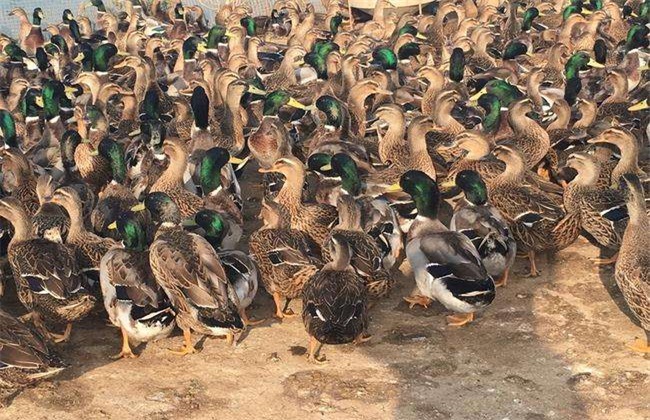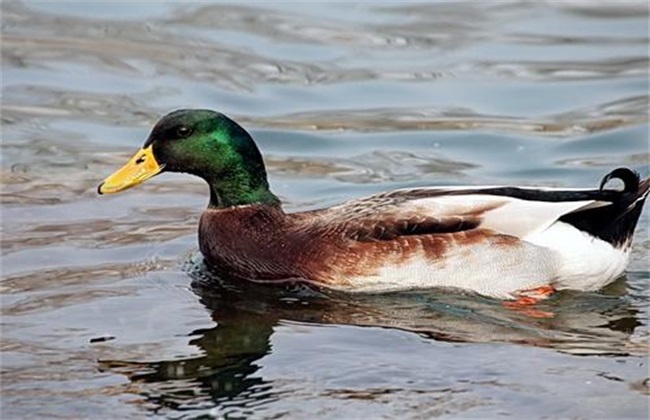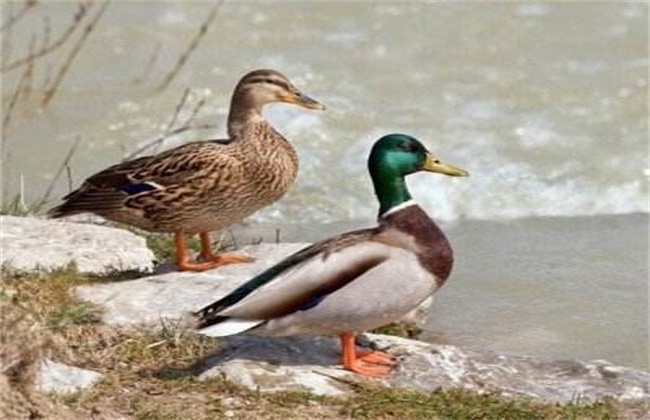Breeding techniques of Mallard Duck
Mallard duck is not only a kind of duck breed, but also an important waterfowl with high economic value. Mallard duck meat is very fresh and tender, basically no fishy smell, nutritional value is also very high, is a typical high-protein and low-fat meat. Therefore, there is a very large market demand and breeding area in our country. So how to raise mallard ducks? The following editor brings you the breeding technology of mallard duck, let's have a look!

1. Duck house environment
Before raising mallard ducks, we first need to build a duck house. The duck house should be built around the growth habits of the mallard, half of the rest room and half of the activity ground. The activity ground should be a pond with plenty of water. And the mallard is wild, so we should pay attention to stay away from the living area to facilitate the feeding and epidemic prevention of the mallard. The rest room of the duck house should maintain good permeability, lay bedding, disinfect the duck house regularly, etc., so as to create a good growth environment for the mallard duck and improve the breeding efficiency.
2. Management of rearing period
The rearing period is within one month of the mallard's age. At this time, we should first control the temperature. The temperature in the first three days is about 28 degrees, and then it is reduced to 25 degrees by the age of 10 days. The floor of the duck house should be covered with soft bedding, and each fence house should be equipped with warm lights. The feeding density of ducklings at the age of one week was about 60 ducklings per square meter. Then we should pay attention to prevent the phenomenon of pressure and suffocation when the ducklings sleep. Then do a good job to start work, to drink water before eating, to maintain adequate drinking water, do not have the phenomenon of water cut-off. It was fed 7 times a day for the first ten days, and then reduced to 5 times. And in the first half of the month, it was mainly free feeding, and then gradually changed to regular feeding, and finally the feeding amount should be changed appropriately according to the change of body weight of mallard duck.
3. Management of the breeding period
After the mallard duck enters the breeding stage, the feed feeding should be based on the principle of present feeding. The feed should be mainly wet and fed regularly to ensure the normal growth of the mallard duck and provide it with adequate nutrition. During the breeding period, the feeding density was kept at about 15 animals per square meter. And because the mallard duck has a strong pecking phenomenon, so we should pay attention to prevent the phenomenon of pecking. If the mallard has a large gathering density during the activity, it should be dispersed in time. Finally, we should pay attention to do a good job of mallard water bath, control the number of water bath and the amount of water.
4. Fattening period management
When the mallard duck reaches the age of about 80 days, it should be raised mainly in an open way. In the mallard activities, we should pay attention to the activities to spread the Skynet and escape prevention measures to prevent the mallard from escaping. Because the mallard duck is larger during the fattening period, the feeding density should be reduced to 2 ducks per square meter. It can be fed about twice a day, and attention should be paid to replenishing sand grains when feeding. In the fattening stage, it is necessary to increase the activity of the mallard, let it take a free water bath, and keep the depth of the water above 0.7 meters. You can get out of the column after about 4 months of breeding.
The above is a brief introduction to the breeding technology of mallard duck. That's all for today's introduction. This article is for reference only. I hope it can help you all.
Related
- On the eggshell is a badge full of pride. British Poultry Egg Market and Consumer observation
- British study: 72% of Britons are willing to buy native eggs raised by insects
- Guidelines for friendly egg production revised the increase of space in chicken sheds can not be forced to change feathers and lay eggs.
- Risk of delay in customs clearance Australia suspends lobster exports to China
- Pig semen-the Vector of virus Transmission (4)
- Pig semen-the Vector of virus Transmission (3)
- Five common causes of difficult control of classical swine fever in clinic and their countermeasures
- Foot-and-mouth disease is the most effective way to prevent it!
- PED is the number one killer of piglets and has to be guarded against in autumn and winter.
- What is "yellow fat pig"? Have you ever heard the pig collector talk about "yellow fat pig"?



